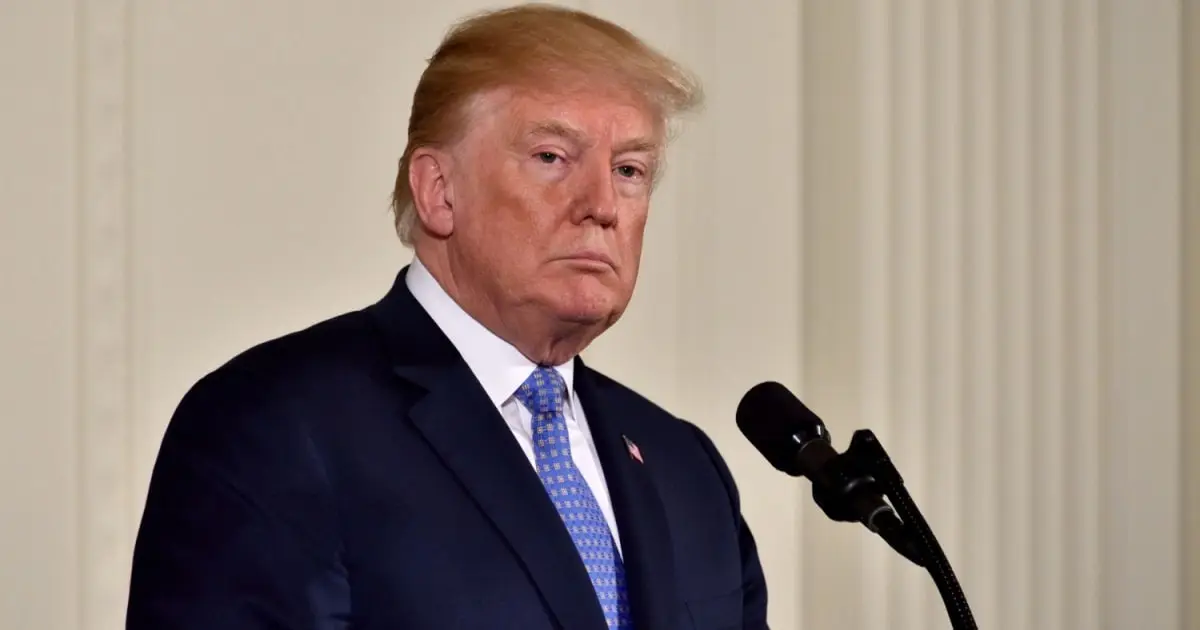On January 20, 2025, just after being sworn in, President Donald Trump announced a bold and controversial new immigration plan.
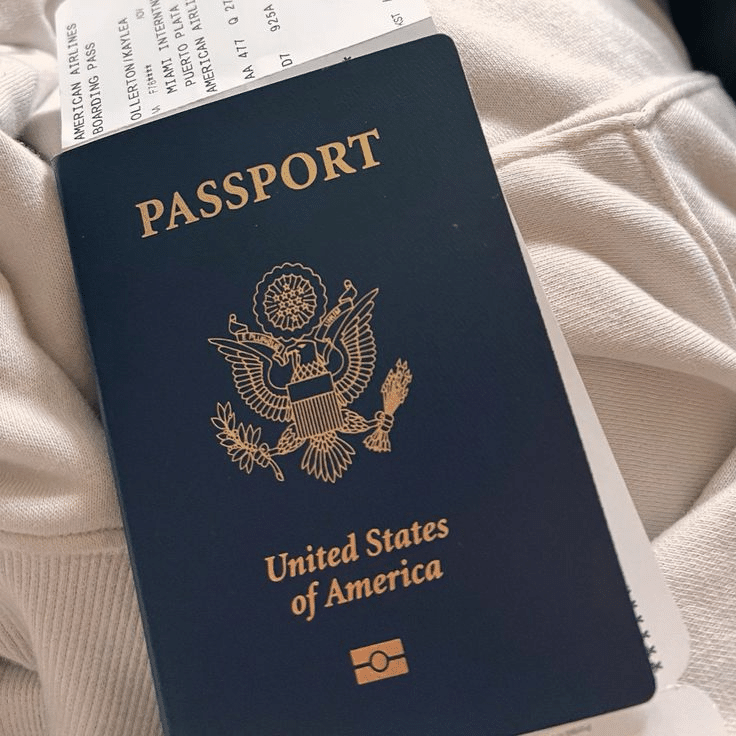
Through several wide-reaching executive orders, the newly re-elected president made major changes to the U.S. immigration system. Below are the key actions drawing the most attention:
End of Automatic Citizenship by Birth
One of the most debated orders targets birthright citizenship, a long-standing principle in U.S. law.
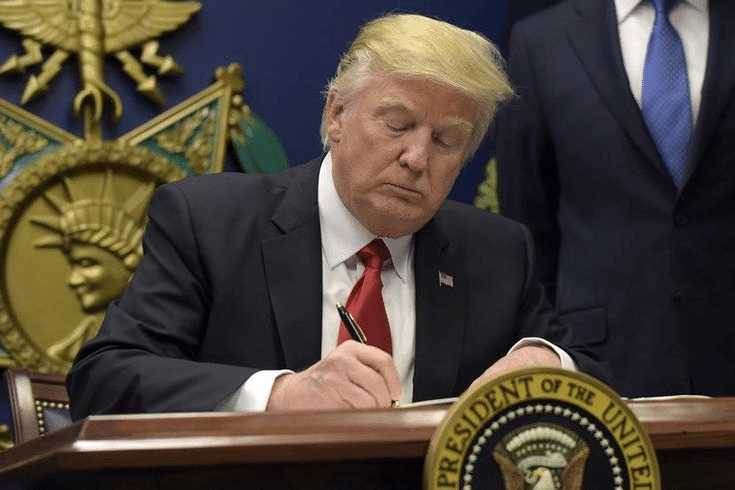
Under this new rule, the government will no longer grant citizenship to children born in the U.S. if their parents don’t meet certain conditions.
Specifically, babies born to undocumented mothers or those on temporary visas will not receive U.S. citizenship if the father is not a U.S. citizen or a permanent resident.
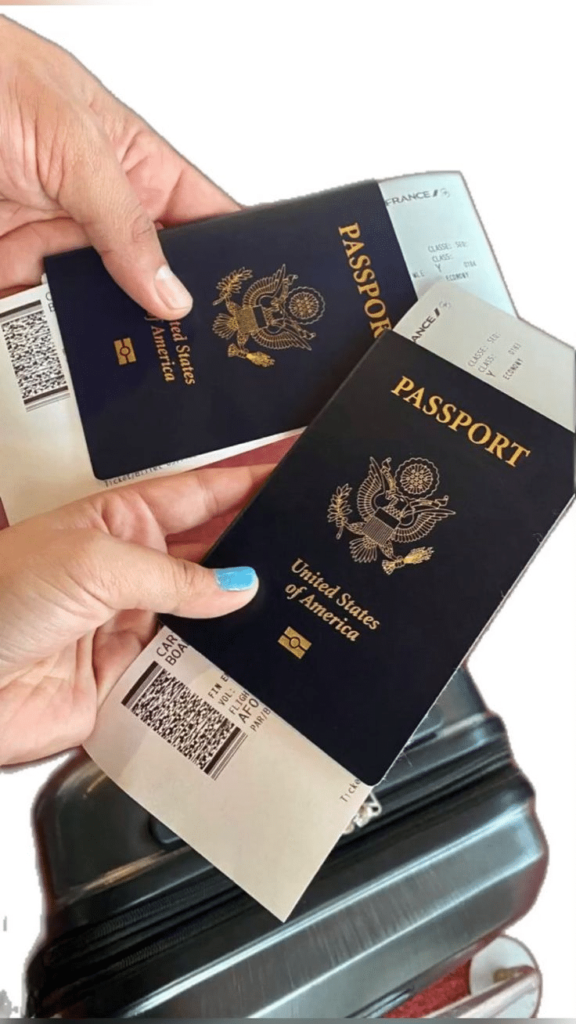
The policy, which starts 30 days after signing, also prevents these children from applying for U.S. passports.
The full legal impact of this change is still unknown. Some experts warn it may lead to a generation of stateless individuals and could spark serious legal and humanitarian concerns.
New Immigration Task Forces and Tighter Screening
Alongside the change to birthright citizenship, the president also signed other orders focused on immigration enforcement.
These include creating special “Homeland Security Task Forces” and putting in place tougher checks for people coming into the country. The administration says these steps are meant to boost national security and tighten immigration rules.
Over 200 Executive Orders Signed in One Day
In a strong display of executive power, President Trump reportedly signed over 200 executive orders in just one day, according to BBC News.
Unlike regular laws, executive orders are direct instructions from the president to federal agencies and do not require approval from Congress. This allows for quick, sweeping changes.
One especially controversial order was titled “Defending Women From Gender Ideology Extremism and Restoring Biological Truth to the Federal Government.”
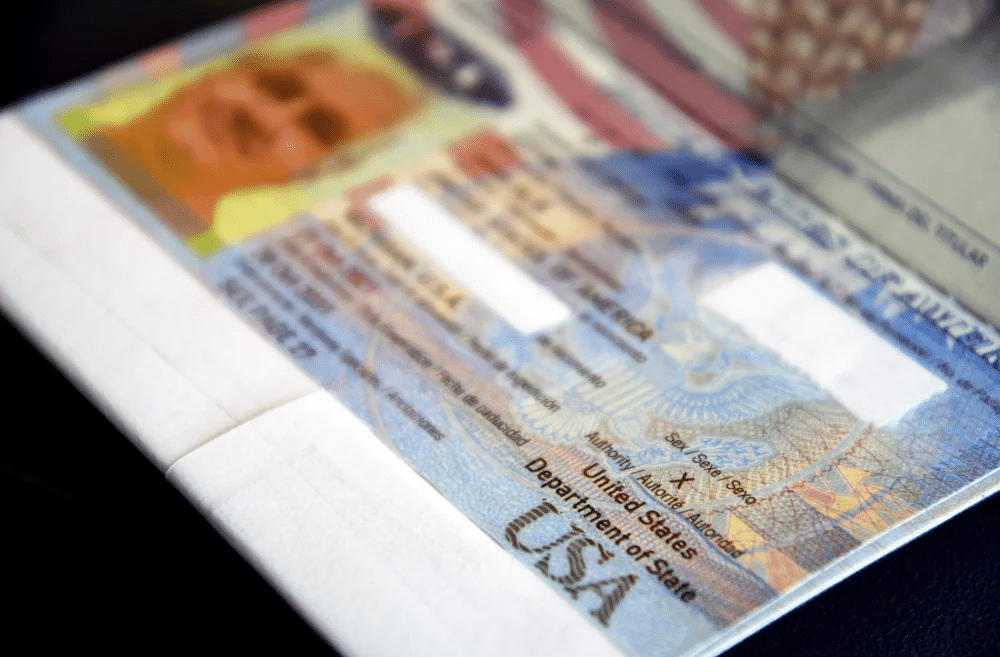
This order drew immediate backlash because it redefines gender in federal policies as only “male” or “female.”

Major Changes from the Executive Orders
Key effects of the orders include:
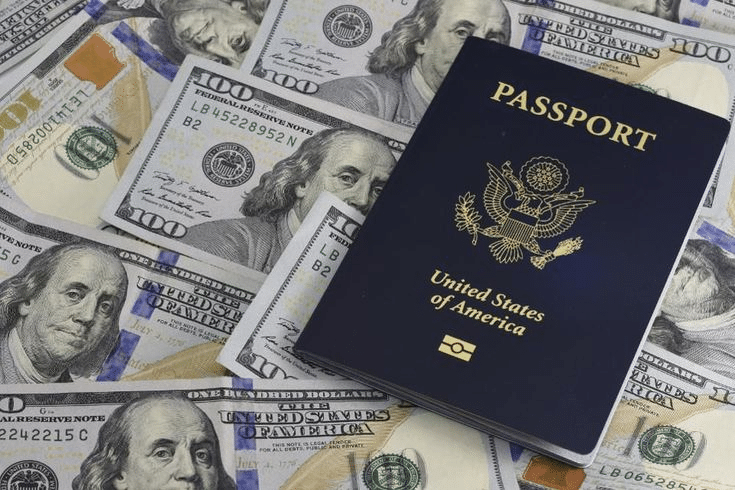
- Prison Policy Changes: Transgender individuals will no longer be housed in women’s prisons. While the order claims this supports “biological truth,” LGBTQ+ groups have strongly criticized it as harmful and discriminatory.
- Non-Binary Passports Banned: The order also targets non-binary Americans. The U.S. Department of State has now blocked all new passport applications with the “X” gender marker, which was introduced in 2021.
This change could affect up to 1.2 million non-binary people in the U.S.
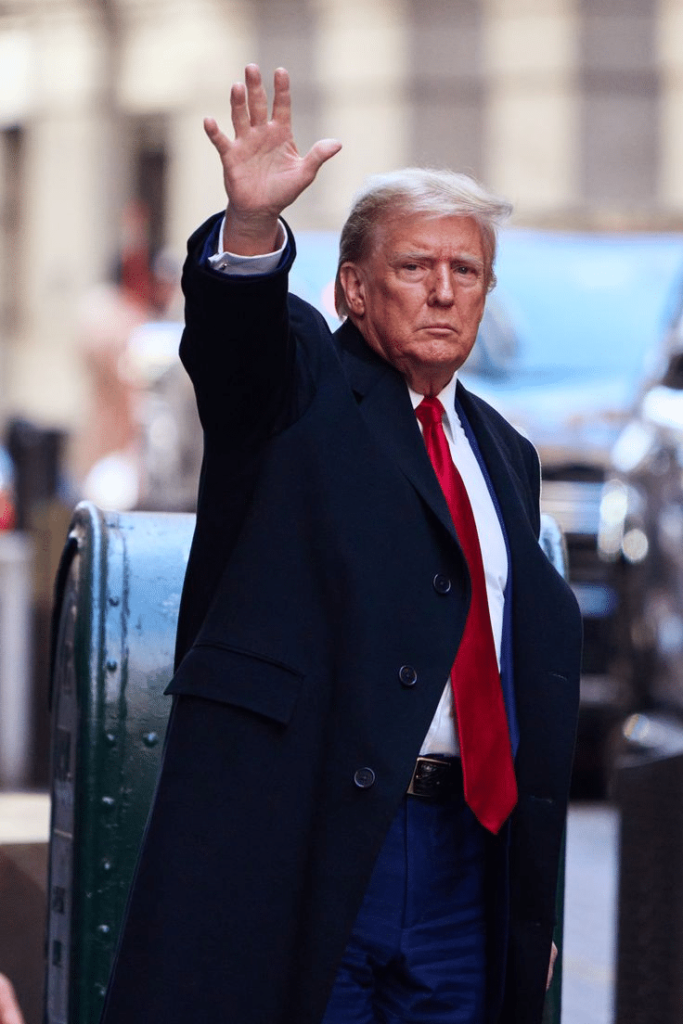
Return to Binary Gender Markers Only
Secretary of State Marco Rubio confirmed the administration’s stance in an email seen by The Guardian, stating, “The U.S. government’s policy is that a person’s sex cannot be changed.”
Following Rubio’s order, staff were told to reject all passport applications that request an “X” gender option or any gender changes, removing those choices for people who don’t identify strictly as male or female.
Passports that already have the “X” marker will still be valid for now. However, it’s expected that renewing or updating them will soon become much harder under the new rules.
Critics warn this could leave many non-binary Americans without proper documents for travel in the near future.
